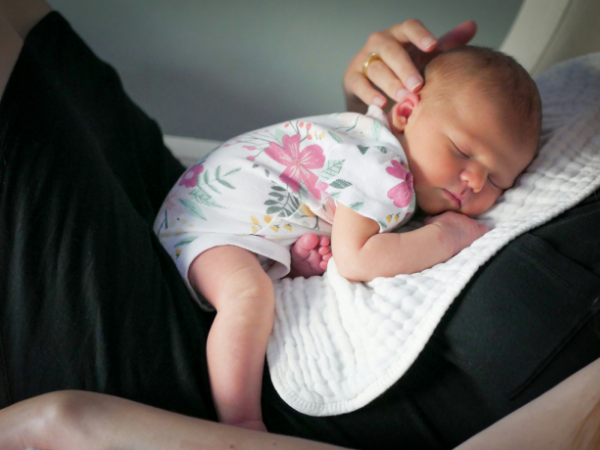Is AI taking over jobs? We live in a world where artificial intelligence can draft emails, generate art, answer customer service inquiries, and even mimic the tone of our favorite celebrities. Tasks that once required hours of human effort are now handled in seconds with the click of a button.
It’s efficient and impressive. It’s the future.
But here’s the irony: the more we automate, the more we value what can’t be automated—real human connection.
AI May Be Taking Over Some Jobs, but Human Interaction is Becoming Even More Valuable
AI excels at logic, pattern recognition, and processing massive amounts of data. What it lacks, though, is nuance. It can simulate empathy, but it doesn’t feel it. It can write a friendly response, but it doesn’t know what it’s like to connect with someone having a bad day.
In industries like massage therapy, coaching, teaching, therapy, and nutrition counseling, emotional intelligence, warmth, and intuition aren’t “bonuses”—they’re essential.
Even in tech-heavy fields, teams thrive on collaboration, shared experiences, and trust. And while AI can assist, it can’t replace the gut feeling you get during a heart-to-heart with a client or the subtle energy shift in a real-time conversation.
The Rise of “Human-First” Businesses
Innovative businesses aren’t just automating—they’re doubling down on the human touch. Think of small businesses that include handwritten thank-you notes in every order or therapists who offer personalized check-ins between sessions.
Human interaction has become a differentiator in a world of machine-made content and AI-generated responses.
It’s no longer just about being faster or cheaper. It’s about being real.
The Importance of Human Touch
We see the headlines about AI taking over jobs and people getting laid off and replaced by ever-improving technology. But the human touch remains a biological necessity. As a massage therapist, this is intuitive, but science also backs up the claim.
One of the most heartbreaking examples comes from a series of studies on infants in institutional care. In the 1940s, researcher René Spitz observed infants in orphanages who were fed, clothed, and medically treated—but rarely held or cuddled. Despite having their physical needs met, many of these babies failed to thrive. Some even died. The phenomenon, known as hospitalism, showed that without affectionate human touch and emotional bonding, the body can literally shut down.

More recent research has confirmed these early findings. In one study, preterm infants who received just 15 minutes of skin-to-skin contact per day gained weight more quickly, cried less, and had more stable heart rates than those who received standard care alone. Physical touch isn’t just comforting—it regulates the nervous system, supports immune function, and fosters brain development.
But the healing power of connection isn’t just for infants. Adults, too, depend on meaningful human interaction for physical and emotional well-being.
The Therapeutic Relationship
In massage and other client-centered practices, this shows up through skilled touch (or verbal connection) and the therapeutic relationship—the safe space we create for clients to be seen, heard, and cared for without judgment. Research in psychotherapy mirrors what we experience in our treatment rooms: the relationship itself is often more impactful than the specific techniques used.
A landmark 2011 meta-analysis published in Psychotherapy (Elliott, Bohart, Watson, & Greenberg, 2011) found that the quality of the therapeutic partnership was one of the strongest predictors of positive outcomes—sometimes even more than the modality or treatment method. In other words, having someone who listens with genuine empathy, is present without rushing to fix, and offers unconditional support can be profoundly healing.

Clients aren’t just booking a service—they’re booking a connection—a moment to be seen, heard, and supported.
As therapists, coaches, and service providers, the more we integrate technology into our workflow, the more intentional we need to be about staying present, practicing empathy, and showing up fully.
Is AI Taking Over Jobs? Embracing the Best of Both Worlds
This isn’t about resisting AI—far from it. AI can free up time, streamline systems, and help us work smarter—not harder. But it can’t replace the things that make us human.
Let the bots write the appointment reminders. Allow them to organize your calendar. But don’t outsource your humanness.
Because in the end, what people remember isn’t the perfect email or the smooth app experience—it’s how you made them feel.
And no algorithm can replicate that.





0 Comments